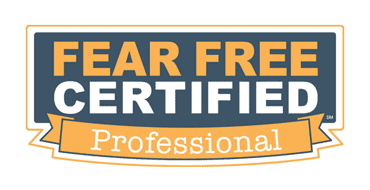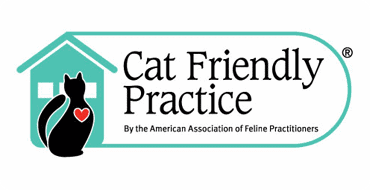All animals and humans when faced with lethal danger, harmful situations or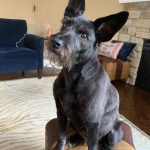
As a veterinary technician I am glad I do not have to deal with the human side of this natural response. Dealing with animals can be harder in some ways because of language barrier, we cannot explain that we are trying to help and they cannot point out what is hurting or what is not normal if it is not presenting obvious signs.
When we first saw Tyson for a routine vet visit back in June 2018, he was anxious about handling and did not want anything to do with our instruments (stethoscope and otoscope). His mom informed us that he has been muzzled and handled somewhat roughly in the past. Just like any other living beings, dogs can be traumatized and like soldiers will panic if put back in that very situation that created the trauma in the first place. To put things in perspective just imagine having a giant being that is roughly 2 to 3 times your weight, that does not listen to all your protests, handle you roughly, immobilize you and eventually shackle your hands and feet (your means of defense) so they can poke you or prod you better. A simple needle can be as frightening as a machete when you are in that panicked state of mind. Since escape is not an option, fighting back becomes the go-to remedy, hence the necessity of the muzzle (or shackles according to our analogy).
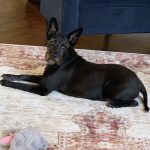
With all his yearly vaccines administered and test run, Dr.Sappington and Tyson’s mom came up with a long term plan to desensitize him to the procedures. Mom has been working with Tyson at home. She got him used to all kinds of weird handling and poking that he would receive at the clinic. She started doing his grooming at home to reduce the stress he felt getting his hair cut. She was even able to train him to accept a towel “scarf”. The towel scarf is just a towel that is wrapped gently around the patient’s neck that helps to control the head movement. This allows the veterinarian to draw blood, administer vaccines, palpate the stomach and all other procedures without the possibility of the biting. The towel scarf method should not be used unless the patient has been used to it since it can increase their stress (from being unable to fight back). The towel scarf is best paired with a tasty treat or just some love from the technician if the patient is uninterested in treats. Mom has been a real champion in training Tyson to accept various handling methods; she set up the much needed “base” that the veterinary staff could build upon. Dr.Sappington and Tyson’s mom worked really hard and together through multiple behavior sessions in which handling is the only goal; they were able to mold Tyson’s view of handling. Overtime he allowed more and more procedures to be performed.
After just 4 of those handling sessions, extensive training by mom, some pre-visit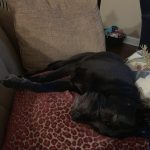
Fear is an essential part of life, but leaving in fear is neither healthy nor natural. Getting over one’s fear is one of most liberating experience one can have. Thanks to Mom’s patience and discipline, Dr.Sappington’s dedication and Tyson’s motivation for food, we were able to change his view of the hospital and handling from a fear inducing situation to a “food inducing” one albeit with a few pokes here and there.
Written by Ando

